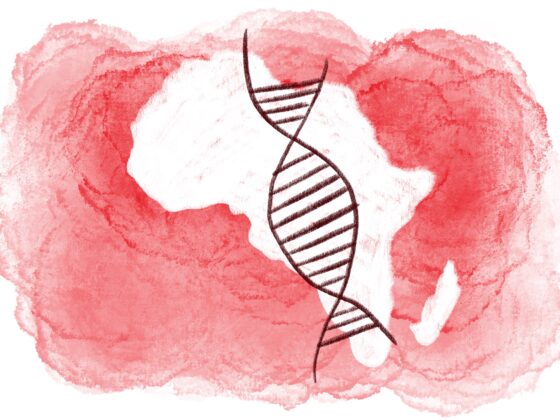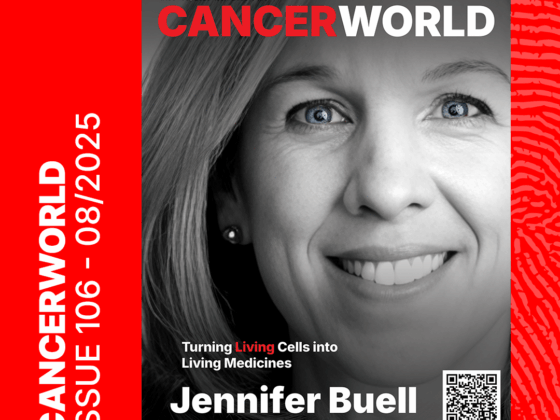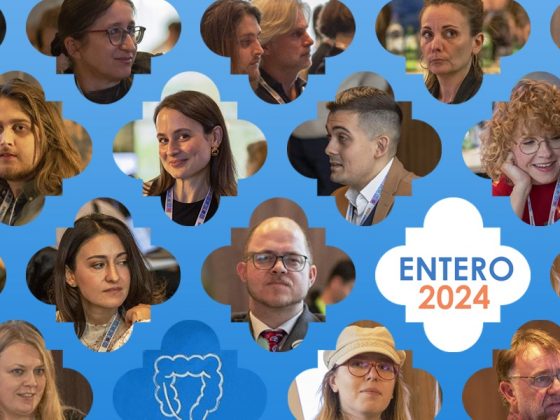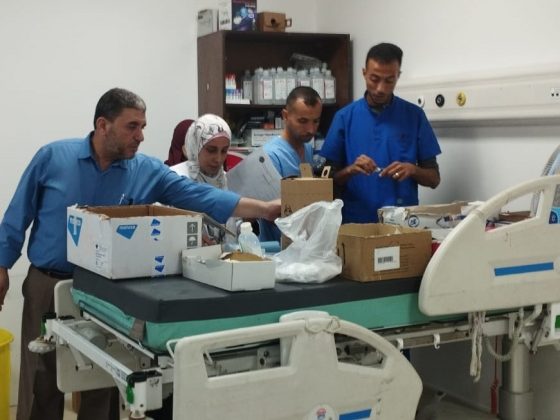Across the European Union, cancer patients often wait months, or even years, for access to promising new treatments already approved by the EMA. Now, the EU’s new Health Technology Assessment (HTA) Regulation is introducing a shared framework for evaluating new treatments. The new regulation, adopted in 2021 and effective from January 2025, aims to harmonize the evaluation of health technologies across Member States and is hoped to speed up access to new technologies. For patients, two questions are central: How can patients meaningfully contribute in this new regulatory environment? And will the new process lead to faster, more equitable access to technologies?
In its rollout, the EU is prioritizing cancer treatments and advanced therapy medicinal products, subject to the new HTA process since January 12, with other indications following in 2030. HTA evaluates the relative clinical effectiveness and broader impacts of new health technologies, such as drugs, devices and procedures, compared to existing treatments. Importantly, HTA is distinct from regulatory approval, assessed in the EU by the EMA: While regulatory approval focuses on whether a treatment is safe and effective, HTA assesses whether the therapy provides added benefit in clinical practice, as well as which economic and societal value it contributes.
The New HTA Framework: What’s Changing?
Until now, each Member State conducted its own HTA, with national HTA bodies independently assessing therapies after EMA approval. However, this not only duplicated efforts but also led to inconsistent results, as Stanislav Ostapenko, EURORDIS Communications Senior Manager, wrote in 2022: “[…] different agencies use different sources of data and different methods to assess the exact same technology and frequently reach different conclusions. This leads to confusion among the patient community and, in many cases, a lack of transparency in methods exacerbates this effect.”
Speaking with CancerWorld, Monica Racovita, Access and Policy Manager at Myeloma Patients Europe, emphasizes the need to streamline HTA decision making in Europe. “The time from EMA positive opinions to national decisions varies greatly, leading to delayed and unequal access to new treatments. […] The hope is that the new regulation will shorten assessment time and make the process more efficient by pooling resources for at least a part of the HTA process.”
Under the new regulation, an EU-level HTA process will analyze the clinical effectiveness of new therapies, in a forum termed Joint Clinical Assessments (JCA) that starts after EMA approval. This process does not make recommendations on pricing, reimbursement or overall added-value, decisions which, along with the cost-effectiveness analysis, remain at the national level. Before a new treatment even receives EMA approval, companies can now consult experts on their development plan, e.g. on the design of a clinical trial. These sessions, called Joint Scientific Consultations (JSCs), aim to ensure that the evidence gathered will later meet the requirements of the Joint Clinical Assessments.
The Role of Patients
The HTA regulation explicitly calls for patient and clinician involvement throughout the process. During JSCs, patients will be called upon to provide input, for example, on their experience with currently available therapies or their expectations for new therapies. Stakeholder organizations such as patient organizations may be consulted on the disease and therapeutic area during JSCs.
In JCAs, patient experts will and patient organisations may be called upon for their input during the scoping phase. In the assessment phase, patient experts will be asked to provide input during the preparation of the draft assessment or to discuss revised draft reports, while patient organisations may be asked to again provide input on the disease and therapeutic area.
“It is a shame that patient organizations are not able to provide direct input [to JCA and JSC documents], as they do have access to robust and up-to-date information on the burden of disease and added value of a new health technology,” Racovita regrets. “We hope as the process becomes more established that the involvement of patient experts and patient organizations evolves to be applied earlier and consistently.”
Opportunities for Patient Organizations
Patient organizations can become members of the HTA Stakeholder Network and thereby support the work of the Coordination Group, for example by identifying patient experts for JCAs and JSCs. Organizations may also contribute indirectly by training new patient experts. Especially in rare cancer communities, recruiting patient experts that are both fluent in the regulatory context and capable of representing a broader patient group, beyond their personal experience, is not easy, as Racovita points out.
In addition, the HTA Stakeholder Network may identify emerging health technologies and provide feedback on the annual work program. “There is also the hope that the mandatory involvement of patients in EU HTA will filter down to national decision making and/or inspire more involvement of patients at a national level.”
Conflict of Interest – or Conflict of Expertise?
According to Racovita, one potential barrier – specifically for the rare disease community – is the conflict of interest (COI) requirement, which stipulates that COIs could arise from financial or other interests in the health technology developers’ industrial sector.
“As we represent patients of a rare cancer, our patient expert pool is not very big”, Racovita says. “That means people with excellent knowledge and experience in regulatory processes are likely to have been involved in a variety of advisory boards and scientific meetings, including some sponsored by the industry.” In its implementing regulation, the Commission has clarified what constitutes a COI, and examples of COI include having held an executive position in a health technology developer in the past five years, reimbursement above 1000 Euro from one health technology developer over the past three years, or holding shares relevant to the assessed technology. Unpaid participation in community advisory boards does not constitute a COI.
Acceleration is Uncertain
Whether the new HTA process will accelerate access to new technologies remains to be seen: All non-clinical parts of the assessment remain under the control of national HTA bodies, but it is hoped that timelines may speed up, as all evidence required by EMA and JCAs may be collected in one single trial, and national HTA bodies will have to consider the clinical assessment made at the EU-level.
However, manufacturers must still submit national dossiers in each Member State, with the key difference being that, in future, the clinical section should reference the JCA report. Member States may request supplementary clinical data for their national assessments, and any data received is planned to be made available to other EU countries via the EU HTA IT platform.
The EU’s new HTA regulation marks a significant change in how new treatments are assessed, offering a new opportunity for patients to inform the regulatory process, and – potentially – reducing delays and inconsistencies in decision-making. Yet, whether these opportunities will come to fruit remains to be seen, as vision meets reality.











